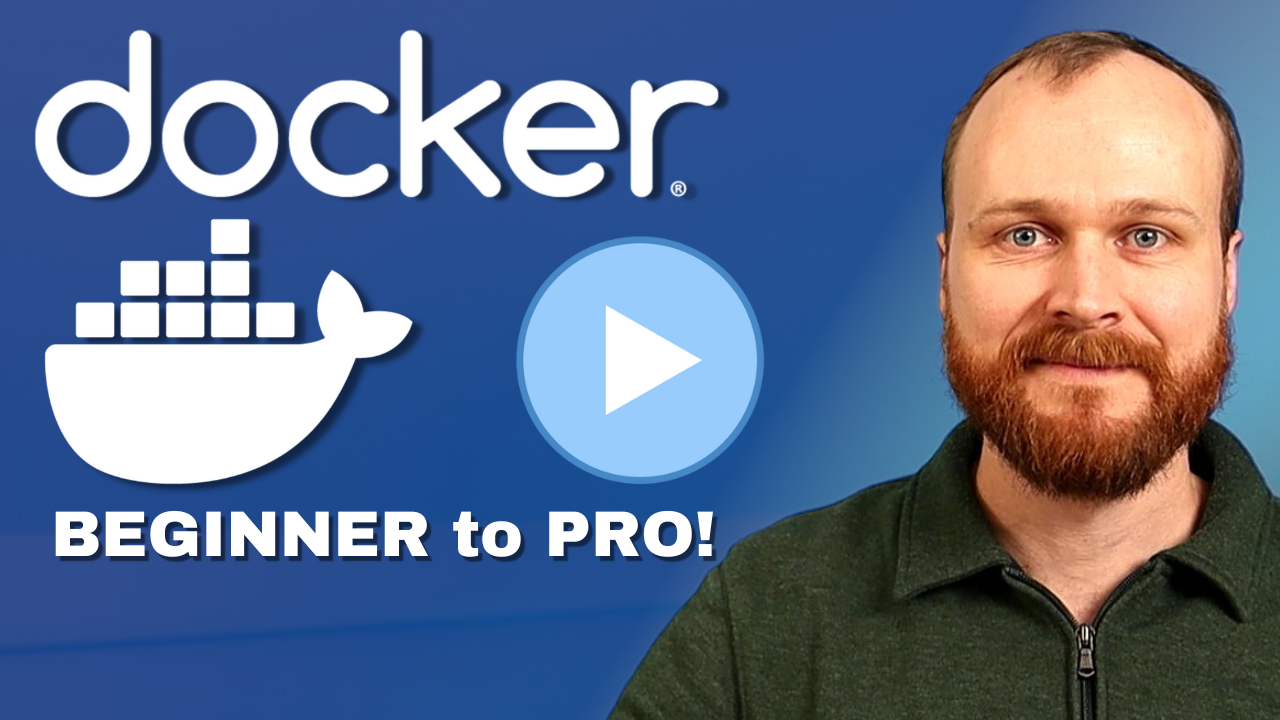1: History and Motivation
Examine the evolution of virtualization technologies from bare metal, virtual machines, and containers and the tradeoffs between them.
2: Technology Overview
Explores the three core Linux features that enable containers to function (cgroups, namespaces, and union filesystems), as well as the architecture of the Docker components.
3: Installation and Set Up
Install and configure Docker Desktop
4: Using 3rd Party Container Images
Use publicly available container images in your developer workflows and learn how about container data persistence.
5: Example Web Application
Building out a realistic microservice application to containerize.
6: Building Container Images
Write and optimize Dockerfiles and build container images for the components of the example web app.
7: Container Registries
Use container registries such as Dockerhub to share and distribute container images.
8: Running Containers
Use Docker and Docker Compose to run the containerized application from Module 5.
9: Container Security
Learn best practices for container image and container runtime security.
10: Interacting with Docker Objects
Explore how to use Docker to interact with containers, container images, volumes, and networks.
11: Development Workflow
Add tooling and configuration to enable improved developer experience when working with containers.
•Developer Experience Wishlist
12: Deploying Containers
Deploy containerized applications to production using a variety of approaches.

Additional Dockerfile Features
There are some additional features of Dockerfiles that are not shown in the example applications but are worth knowing about. These are highlighted in Dockerfile.sample and the corresponding build / run commands in the Makefile
# syntax=docker/dockerfile:1.5
# escape=\
# ^ OPTIONAL "directives" (must be at top if used)
# THIS IS A COMMENT
# ARG is the only instruction that can come before FROM
ARG BASE_IMAGE_TAG=19.4
# ARGs can be overriden at build time
# > docker build --build-arg BASE_VERSION=19.3 .
FROM node:${BASE_IMAGE_TAG}
LABEL org.opencontainers.image.authors="sid@devopsdirective.com"
RUN echo "Hey Team 👋 (shell form)"
RUN ["echo", "Hey Team 👋 (exec form)"]
# Heredocs allow for specifying multiple commands to
# be run within a single step, across multiple lines
# without lots of && and \
RUN <<EOF
apt update
apt install iputils-ping -y
EOF
# --mount allows for mounting additional files
# into the build context
# RUN --mount=type=bind ...
# RUN --mount=type=cache ...
# RUN --mount=type=ssh ...
RUN --mount=type=secret,id=secret.txt,dst=/container-secret.txt \
echo "Run the command that requires access to the secret here"
# Available only at build time
# (Still in image metadata though...)
ARG BUILD_ARG=foo
# Available at build and run time
ENV ENV_VAR=bar
# Set the default working directory
# Use the convention of your language/framework
WORKDIR path/to/the/working/directory
ENTRYPOINT [ "echo", "Hey Team 👋 (entrypoint)" ]
CMD [ "+ (cmd)" ]
- Parser directives: Specify the particular Dockerfile syntax being used or modify the escape character.
- ARG: Enables setting variables at build time that do not persist in the final image (but can be seen in the image metadata).
- Heredocs syntax: Enables multi-line commands within a Dockerfile.
- Mounting secrets: Allows for providing sensitive credentials required at build time while keeping them out of the final image.
- ENTRYPOINT + CMD: The interaction between
ENTRYPOINTandCMDcan be confusing. Depending on whether arguments are provided at runtime one or more will be used.- See the examples by running
make run-sample-entrypoint-cmd.
- See the examples by running
- buildx (multi-architecture images): You can use a feature called
buildxto create images for multiple architectures from a single Dockerfile. This video goes into depth on that topic: https://www.youtube.com/watch?v=hWSHtHasJUI.- The
make build-multiarchmake target demonstrates using this feature (and the images can be seen here: https://hub.docker.com/r/sidpalas/multi-arch-test/tags.
- The